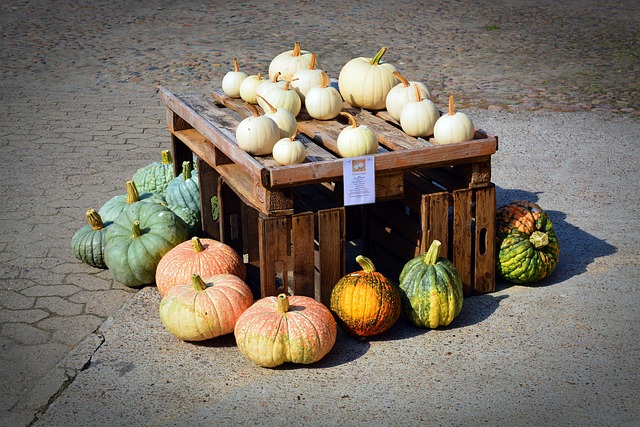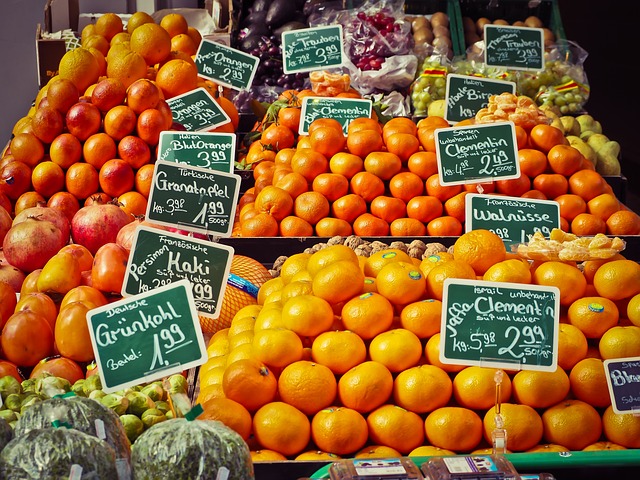Compost creation is a powerful strategy for garden enthusiasts, offering multiple environmental and gardening benefits. By managing yard waste removal through composting, gardeners reduce their ecological footprint while enriching soil fertility and structure with nutrient-filled resources. This process fosters healthy root development, improves soil drainage, aeration, and water retention, and acts as a slow-release fertilizer, promoting robust plant growth. Embracing compost creation facilitates sustainable yard waste recycling, contributing to a healthier ecosystem by diverting materials from landfills and promoting effective environmental practices.
Compost creation is a beneficial practice for garden enthusiasts aiming to enhance soil health and reduce waste. This article explores the process, focusing on understanding compost creation’s advantages, effectively managing yard waste removal, and employing recycling techniques to transform organic waste into nutrient-rich compost. By learning these methods, gardeners can contribute to environmental sustainability while cultivating thriving plant life in their gardens.
- Understanding Compost Creation: The Benefits for Gardeners
- Yard Waste Removal: What to Include and Exclude
- Recycling Techniques: Transforming Organic Waste into Nutrient-Rich Compost
Understanding Compost Creation: The Benefits for Gardeners

Compost creation is a powerful tool in the arsenal of any garden enthusiast, offering numerous benefits that extend far beyond the garden bed. By understanding and utilizing compost, gardeners can effectively manage yard waste removal while also enhancing their soil’s fertility and structure. This natural process not only reduces the environmental impact of organic waste but also provides a rich nutrient-filled resource for nurturing plant growth.
The benefits of compost are multifaceted. It improves soil drainage and aeration, allowing roots to thrive and encouraging beneficial microbial activity. Rich in essential nutrients, compost acts as a slow-release fertilizer, promoting healthy plant development and robust yields. Moreover, incorporating compost into garden soil increases its water retention capacity, which is especially advantageous during dry spells. By embracing compost creation, gardeners can practice sustainable yard waste recycling, contributing to a healthier ecosystem while cultivating beautiful and bountiful gardens.
Yard Waste Removal: What to Include and Exclude

Yard Waste Removal is a key component of responsible gardening, allowing for a sustainable approach to managing organic materials. When composting, it’s essential to know what items are suitable for inclusion in your pile. Generally, yard waste removal should focus on incorporating only organic materials such as leaves, grass clippings, and plant trimmings. These items break down naturally, enriching the soil with nutrients.
Conversely, certain materials should be strictly excluded from compost piles. Non-biodegradable items like plastic bags, metal, glass, and sharp garden waste should never be included in yard waste removal efforts. Additionally, avoid adding meat, dairy, and oily foods, as these attract pests and can introduce unpleasant odors. Remember, proper segregation ensures a healthy composting process, enhancing your garden’s overall health and promoting effective recycling practices.
Recycling Techniques: Transforming Organic Waste into Nutrient-Rich Compost

Compost creation is a powerful tool for garden enthusiasts looking to reduce their environmental impact while enriching their gardening practices. By embracing recycling techniques, yard waste removal and recycling become more than just responsible actions; they transform into valuable processes. Organic waste, often seen as a nuisance, can be metamorphosed into nutrient-rich compost through meticulous collection, decomposition, and curing. This process not only diverts materials from landfills but also provides a free, natural fertilizer for gardens, promoting healthier plants and reducing the need for synthetic fertilizers.
The journey begins with curating a diverse range of organic materials, including kitchen scraps, yard trimmings, and even certain paper products. These components are then layered in a compost pile or bin, allowing oxygen to facilitate the decomposition process. Over time, beneficial microorganisms break down the organic matter, transforming it into a dark, crumbly substance—compost. Proper turning of the pile ensures efficient aeration, expediting the transformation while keeping odors at bay. This eco-friendly approach not only minimizes yard waste but also offers a sustainable solution for garden enthusiasts to replenish their soil with vital nutrients.
Compost creation is a simple yet powerful tool for garden enthusiasts, offering numerous benefits from enhancing soil structure to promoting healthy plant growth. By understanding the process and implementing effective recycling techniques, you can transform yard waste into nutrient-rich compost, reducing waste and fostering a sustainable gardening practice. Remember, proper yard waste removal and recycling are key steps towards a greener, more vibrant garden.






